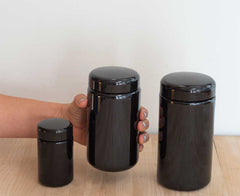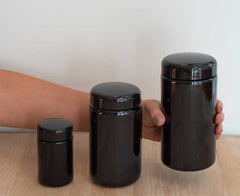Visual spatial attention tracking using high-density SSVEP data for independent brain-computer communication
Author: Kelly SP, and Lalor EC, and Reilly RB, and Foxe JJ
The steady-state visual evoked potential (SSVEP) has been employed successfully in brain-computer interface (BCI) research, but its use in a design entirely independent of eye movement has until recently not been reported. This paper presents strong evidence suggesting that the SSVEP can be used as an electrophysiological correlate of visual spatial attention that may be harnessed on its own or in conjunction with other correlates to achieve control in an independent BCI. In this study, 64-channel electroencephalography data were recorded from subjects who covertly attended to one of two bilateral flicker stimuli with superimposed letter sequences. Offline classification of left/right spatial attention was attempted by extracting SSVEPs at optimal channels selected for each subject on the basis of the scalp distribution of SSVEP magnitudes. This yielded an average accuracy of approximately 71% across ten subjects (highest 86%) comparable across two separate cases in which flicker frequencies were set within and outside the alpha range respectively. Further, combining SSVEP features with attention-dependent parieto-occipital alpha band modulations resulted in an average accuracy of 79% (highest 87%).



